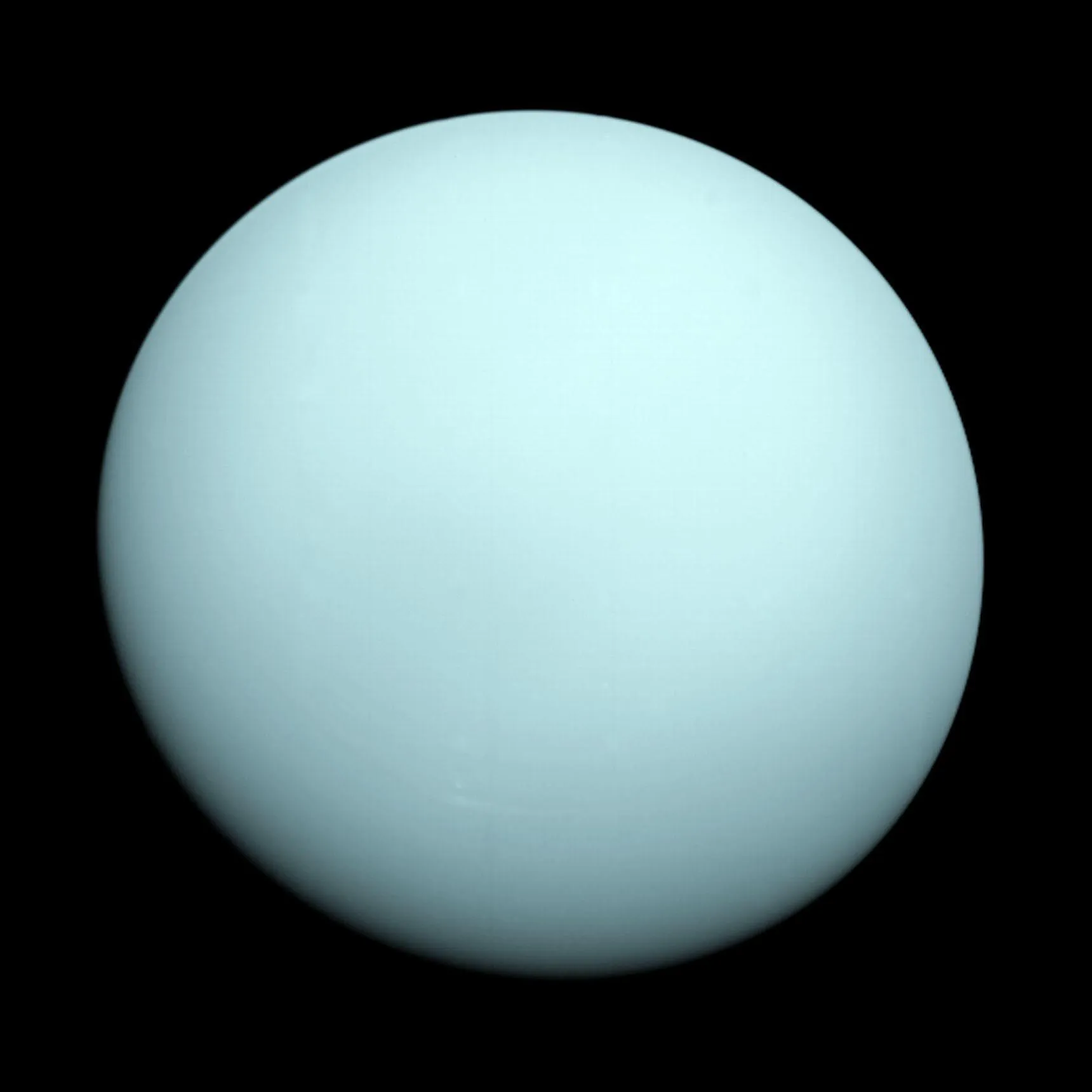Uranus in 1986: Voyager 2's Historic Flyby
In the annals of space exploration, few missions evoke as much awe and wonder as NASA's Voyager program. Among its many groundbreaking achievements, the 1986 flyby of Uranus by Voyager 2 stands out as a pivotal moment, offering humanity its first and only close-up look at this enigmatic ice giant.

A Journey to the Seventh Planet
Launched in 1977, Voyager 2 embarked on an ambitious grand tour of the outer solar system. After its successful encounters with Jupiter in 1979 and Saturn in 1981, the intrepid spacecraft set its sights on Uranus. On January 24, 1986, Voyager 2 made its closest approach, passing within 81,500 kilometers (50,600 miles) of the planet's cloud tops.
Unveiling the Enigmatic Ice Giant
Before Voyager 2, our understanding of Uranus was limited to distant telescopic observations. The images and data transmitted back to Earth revolutionized planetary science. Scientists were surprised by Uranus's relatively featureless, almost "smooth" appearance in visible light, a stark contrast to the banded clouds of Jupiter or Saturn. This apparent smoothness was attributed to a thick haze layer obscuring deeper atmospheric features.
Voyager 2 also confirmed the existence of 10 new moons, bringing the total known at the time to 15, and discovered two new rings, adding to the nine previously found from Earth. Perhaps one of the most intriguing discoveries was the planet's unique axial tilt of nearly 98 degrees, meaning it essentially orbits the Sun on its side. This extreme tilt results in incredibly long seasons, with each pole experiencing decades of continuous sunlight followed by decades of darkness.
The Legacy of Voyager 2
The Voyager 2 encounter with Uranus was a testament to human ingenuity and perseverance. It provided invaluable data that continues to inform our understanding of ice giants, their atmospheres, magnetospheres, and moon systems. As the only spacecraft to have ever visited Uranus, its legacy remains unparalleled, serving as a reminder of the vast mysteries that still await discovery in our solar system and beyond.




